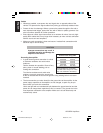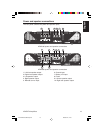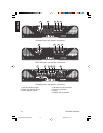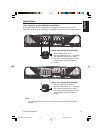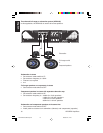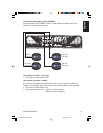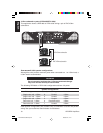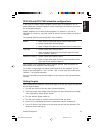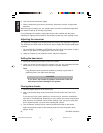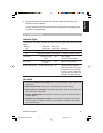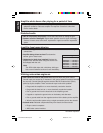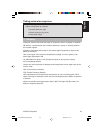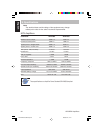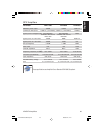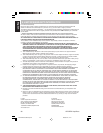
20 APX/DPX Amplifiers
English
6. Turn the volume back down slightly.
7. Slowly increase the gain control (clockwise). Stop when you hear a slight audio
distortion.
When the gain is properly set, you should achieve maximum undistorted output with
the volume turned up all the way, not half way.
If an oscilloscope is available, monitor the output of the amplifier with the scope,
watching for clipping of the waveform. Set the gain so that only minor clipping occurs.
Adjusting the crossover
The APX2180, APX4360 and DPX2250 amplifiers feature fully-adjustable crossovers.
The DPX1800 and DPX11500 do not have a way to disable the low-pass 24dB slope
crossover.
1. On the APX2180, APX4360, and DPX2250, use the X-Over mode switch to select
either LP (low pass) or HP (high pass) or OFF for full range.
2. Using the Frequency (Hz) selection control, select the frequency.
Setting the bass boost
1. Initially set the bass boost control to the OFF position.
2. Listen to a variety of music styles (for example, rock, rap, etc.) and switch the bass
boost control on until you notice an increase in low bass response.
Note:
Using the bass boost requires the amplifier to produce a great deal of
additional power. Use bass boost sparingly.
CAUTION
If you hear a pop caused by speaker overexertion, lower the
bass boost to prevent damage to the speaker.
Final system checks
1. Start the engine and turn on the source unit.
2. After a two-second delay, slowly increase the volume control and listen to the
audio.
If you hear any noise, static, distortion or no sound at all, check the connections
and refer to Troubleshooting. Depending on your system, the volume may become
quite loud even at moderate volume control settings. Until you get an “audio feel”
for the system’s power, use care when adjusting the controls.
3. Turn the balance controls to their extreme positions and listen to the results.
Audio output should match control settings (audio from the left speaker when
balance is left).
APX-DPXOwnersManual.pmd 2006-03-14, 21:4720



